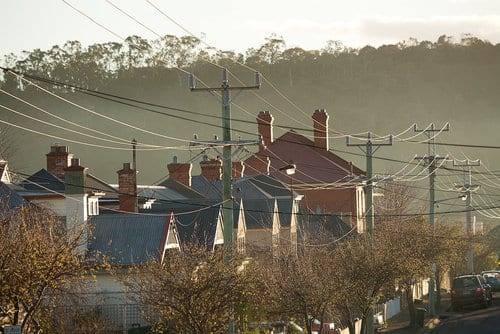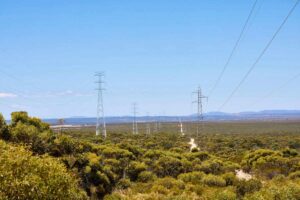
Matthew Groom’s Ministerial Statement on Energy Security provides little reassurance that our electricity needs will be met in the short term, and does nothing to suggest that the government has a plan to ensure our long term security of supply from affordable renewable energy.
The cost of meeting our energy shortfall with gas and diesel will be very high, but the Statement provides no new detail on this cost.
The reassurance that contingency generation (gas + 200 MW of diesel) will exceed the total import capacity of Basslink does not mean that we can continue with business as usual (albeit at a much higher cost). Basslink only ever supplied 40% of our electricity consumption. The remainder did, and continues to, come from hydro. But with dams at historic lows and inflows below average in January and February there is a very real possibility that hydro generation will have to be severely curtailed.
Major industrial customers have done much to reduce consumption voluntarily, but the Minister is reluctant to engage residential and commercial customers in reducing demand beyond vague comments about being ‘prudent’.
There are certain to be many opportunities for energy efficiency and demand management that will cost far less than diesel generation at over 30c/kWh. The Minister needs to be candid with the public about the challenges we face and the real costs so that the whole community can contribute to the solution and reduce the cost of this crisis.
It is clear that we need to increase our renewable energy generation. We do not need a new expert committee and 12 months to explore the possibility. The ACT government just contracted for 100 MW of wind power at 9c/kWh and the price is fixed for 20 years. A feed-in tariff of 12-15c would rapidly ramp up the solar industry in Tasmania. Added advantages of solar are that people would invest their own money and the electricity would be generated and used locally, not requiring new network infrastructure.
Matthew Groom keeps talking up a second Basslink as a way of maximising Tasmania’s “renewable energy contribution” but for the foreseeable future this is pure fantasy. It is abundantly clear that Tasmania does not have enough renewable energy generation capacity to meet its own needs, let alone be a net exporter on the existing Basslink. It is pointless talking about a second interconnector until firm plans are in place to substantially increase our generation from solar, wind and small hydro.
Jack Gilding is executive officer of the Tasmanian Renewable Energy Alliance.






